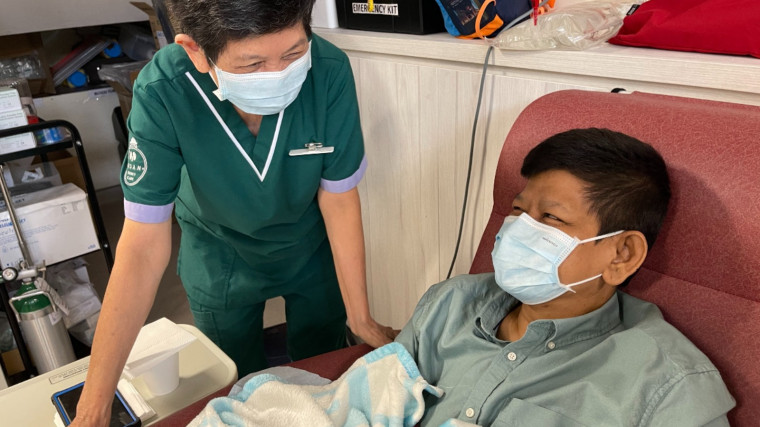“Think positive. Tell yourself that you are strong enough to go through this,” Siti Razidah, 43, says when asked how she remains optimistic.
It was eight years ago when Siti found out that she had kidney failure.
Siti shares with the Pride: “In 2013, I started to lose weight and started to feel breathless, and my ankles started to swell. But I ignored it for days. Until a time when I found that I couldn’t breathe while I was working and my colleagues called the ambulance.”
“I was hospitalized, then they diagnosed me.”
Just like that, she says, her whole world crumbled.
Kidney failure is on the rise. In 2017, 1,999 people were diagnosed with chronic kidney disease stage 5, up from 1,275 in 2009, according to the Singapore Renal Registry Report 2018.
And while chances of kidney failure increases with age, young people have been known to be hit by the disease too. If left untreated, kidney failure is life-threatening.
Aside from the obvious detrimental health effects, treating kidney failure is also a significant economic burden. According to the National Kidney Foundation (NKF), $190 million is spent annually on kidney dialysis.
Expensive treatments and physical problems
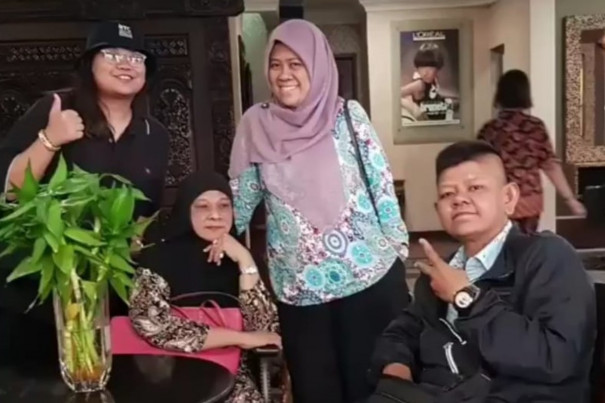
Siti, who is single, lives with her sister‘s family in a five-room flat and depends on them financially due to her condition and dialysis.
“Since the first year I started dialysis, it felt very troublesome to go through. I was still using the catheter, and the effects were very tiring. I would get headaches and feel giddy, and I was always weak at home,” Siti shares with The Pride.
She had to go through four hours of dialysis every day and she quit her job because it became too strenuous. However, that wasn’t the only challenge in Siti’s life.
When she was first diagnosed, she received care and treatment at a private medical center. However, she soon maxed out her insurance coverage and with no job and no income, she had to look for alternative sources of funds.
She tried to apply for financial assistance but found out that she was ineligible due to her sister and brother-in-law’s total household income.
Other stories you might like
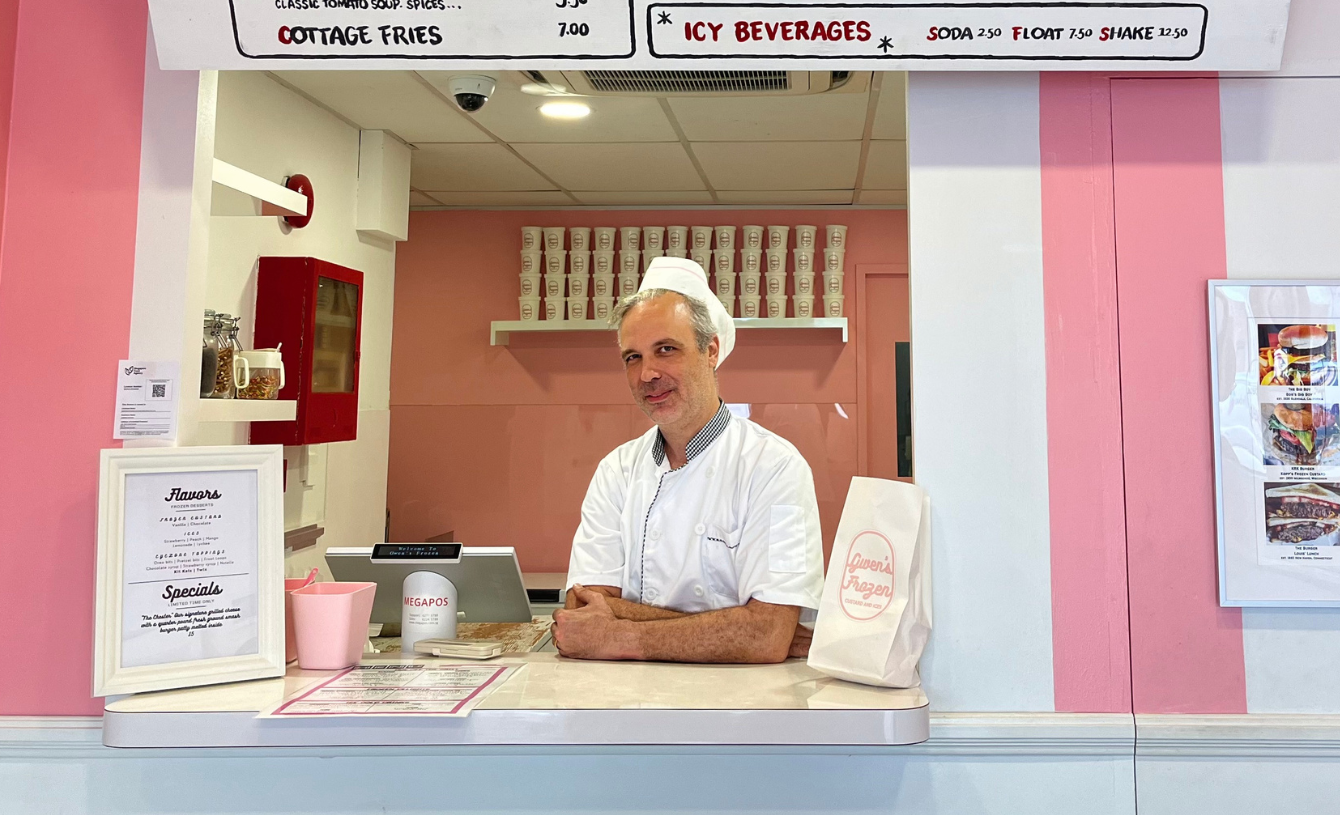

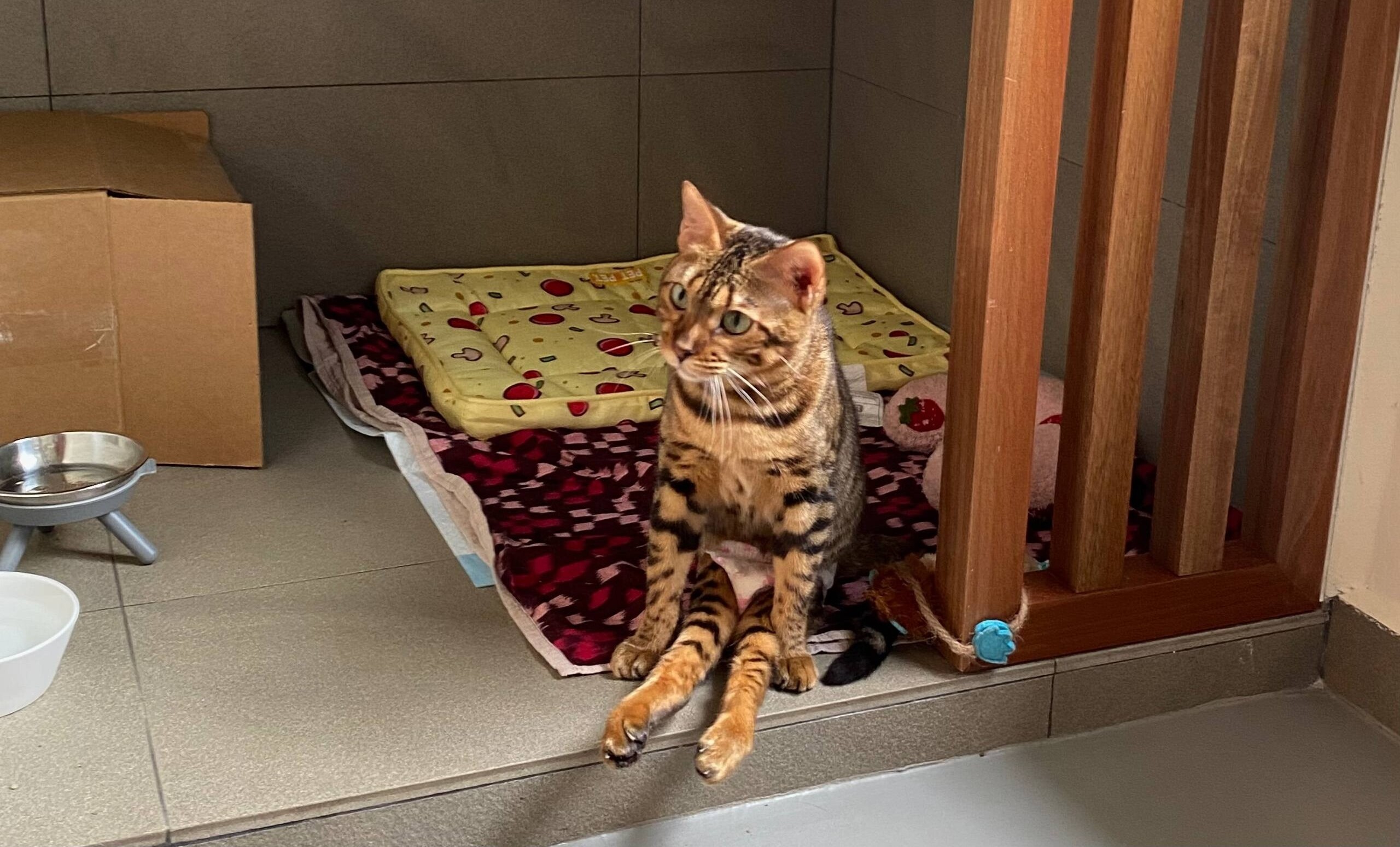


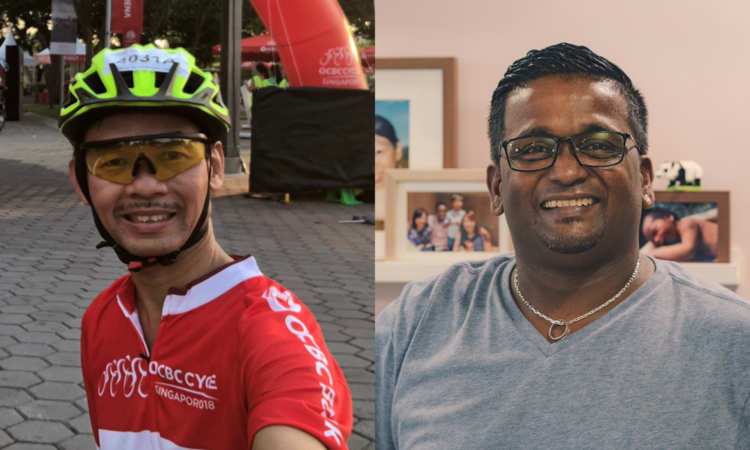
“It is unfortunate that there are so many people who seem well-off because of the type of housing they live in but in reality, these people are struggling to pay for their own medical care. Even when you think you have enough, treatments for chronic care will eventually make you live from hand to mouth. The strict criteria for financial assistance don’t help either,” laments Siti.
This is not a new situation for low-income patients as they are not able to afford the high cost of treatment and dialysis. Tragically, some have even chosen death over dialysis.
A burden lifted
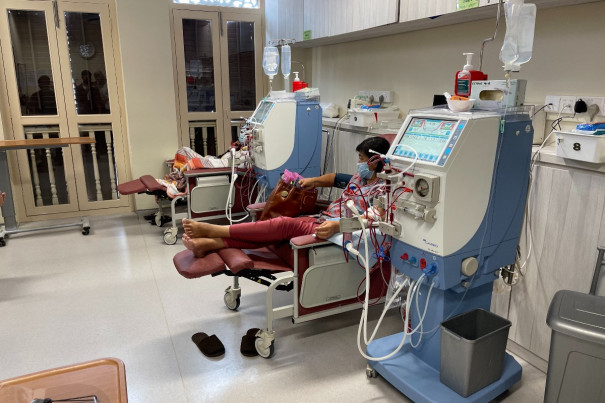
With little hope left, Siti did not know who she could turn to. Then she was referred to Ihsan Kidney Care by her social worker.
Ihsan Kidney Care (IKC) is a subsidiary of the Muslimin Trust Fund Association (MTFA), a charity founded in 1904 to help underprivileged Muslims in Singapore.
Today, MTFA has moved beyond caring solely for the poor and needy and orphans to helping students from low-income families via bursary and scholarship awards, providing affordable kidney treatments, and offering financial assistance for Islamic funeral and burial services
MTFA’s executive director Dr Abdul Qader, tells the Pride: “Besides running Darul Ihsan where we take care of Muslim orphans and displaced children, MTFA has expanded its services to help students from low-income families through bursary and scholarship awards. “
MFTA created IKC to address the increasing concern of kidney failure amongst the low-income population in Singapore. It provides reliable and cost-effective dialysis care through state-of-the-art treatment and personal consultations for Muslims and non-Muslims.
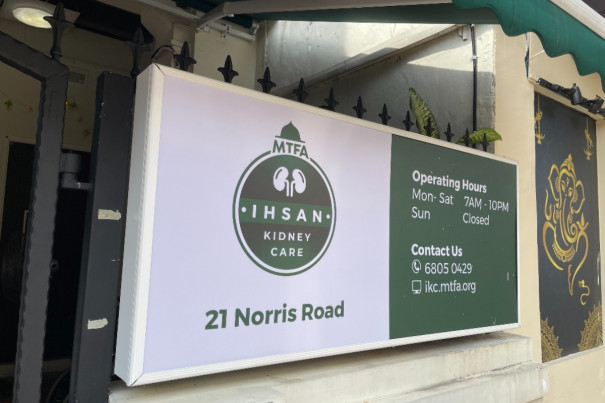
The centre has 64 patients and almost all of them receive subsidies and do not have to pay any additional cash out-of-pocket for their monthly treatment charges.
In Singapore, dialysis centres are run either by for-profit private companies, where it can cost from $2,500 to more than $4,000 a month, or by voluntary welfare organisations which charge highly subsidised rates.
Siti tells The Pride: “MTFA has helped me financially. I could not continue at the previous centre because treatments are very expensive. Then I got the subsidy from MTFA. I was very thankful and grateful as it is not easy to get a subsidy for dialysis treatment.”
Siti enjoys her care at the IKC as it is convenient for her — she has a direct bus to the centre, she says. Additionally, she has a very good relationship with her nurses.
She shares: “I love my nurses. I get along very well. I can joke around with them since day one, and I have known them for three years already. We talk very openly. I see them as my friends.”
It can happen to anyone
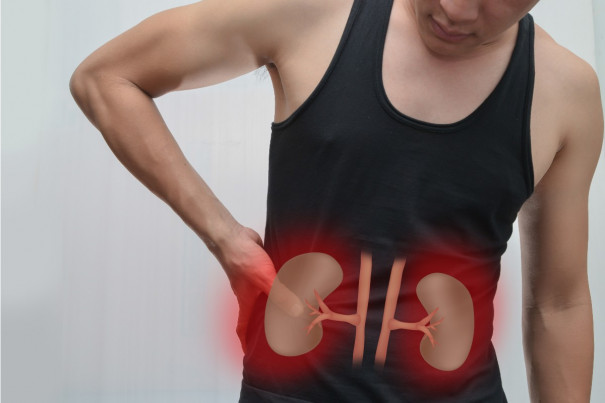
According to NKF, there are about five new kidney failure patients a day. It is even dubbed “the silent killer”.
There are multiple reasons and risk factors that can affect why a kidney stops working. For many people, kidney failure is often the result of complications caused by unhealthy lifestyle choices. Singapore ranks first in the world for diabetes-induced kidney failure and statistics show that 1 in 3 with diabetes was not even aware of their disease and therefore did not go for treatment.
Siti says: “From what I know from the doctor, if you are diabetic, and you eat too much, that can cause kidney failure. But I also know someone who got kidney failure because he drank so much alcohol. So there are a lot of things that can cause kidney failure.”
Dealing with kidney failure takes a toll and many might not know what they can do when they get a diagnosis. Siti advises those newly diagnosed with kidney failure to do their research on kidney failure and dialysis and to have a frank discussion with their doctors about long-term treatment plans.
Surviving with kidney failure

Currently, Siti is unemployed as her knees are not strong enough for her to find a suitable job. It’s tough to find employment that’s able to accommodate her thrice-weekly dialysis treatment and her condition, she adds.
However, she remains positive and joyful despite these challenges.
Siti says: “Accept that there will be ups and downs, and tell yourself that you can get through this.”
If you like what you read, follow us on Twitter and Google News to get the latest updates.
